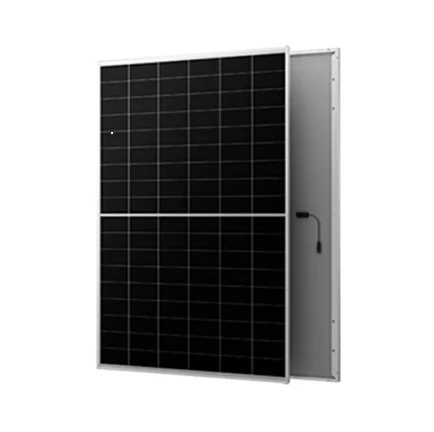500 watt solar panel size in feet
Understanding the Size of a 500 Watt Solar Panel
Solar energy has become a popular alternative for powering homes and businesses in an eco-friendly manner. Among the various solar panel options available, the 500-watt solar panel is becoming increasingly popular due to its efficiency and power output. One of the crucial factors to consider when purchasing solar panels is their size. In this article, we will explore the size of a 500-watt solar panel, its specifications, installation considerations, and its role in solar energy systems.
Size Specifications of a 500 Watt Solar Panel
Typically, solar panels come in various sizes because they are manufactured by different companies and use different technologies. A standard 500-watt solar panel generally measures around 6.5 to 7 feet in length and approximately 3 to 4.5 feet in width. However, these measurements can vary based on the type of solar cells used, the manufacturer, and the overall design of the panel.
The physical size of a solar panel is directly related to its efficiency and power output. Higher-efficiency panels tend to be smaller for the same wattage because they convert sunlight into electricity more effectively. For example, a high-efficiency 500-watt panel may occupy less space compared to a standard panel with a lower efficiency rating.
Factors Influencing Size
The size of a 500-watt solar panel is influenced by several factors
1. Solar Cell Technology There are various technologies used in solar panels—monocrystalline, polycrystalline, and thin-film. Monocrystalline panels tend to be more efficient and take up less space than their polycrystalline counterparts. Thin-film panels, while lightweight and flexible, typically require more space to achieve the same power output.
2. Design and Build Quality Manufacturers design their panels differently, affecting their size. Some may prioritize aerodynamics and lightweight features, while others might focus on durability and weather resistance.
500 watt solar panel size in feet

3. Power Rating and Efficiency The efficiency rating of solar panels dictates how much sunlight is converted into electricity. Higher efficiency panels can produce more power per square foot, allowing for smaller sizes.
Installation Considerations
When installing a 500-watt solar panel system, it is crucial to plan appropriately based on the space available. Homeowners should consider their roof size, orientation, and shading before installing large solar arrays.
For instance, a roof with good sun exposure can accommodate fewer high-efficiency panels, while a roof with some shading might require more panels to harvest sufficient energy. On average, you might expect a 500-watt installation to require about 20 to 25 square feet of space, making it important to perform a site assessment before installation.
Energy Needs and Output
The energy output of a 500-watt solar panel depends largely on location and weather conditions. For instance, a 500-watt panel may generate around 2,000 to 2,500 watts per day in sunny climates, while it might produce less in less sunny regions.
Therefore, understanding your household energy needs is essential. For instance, if a household consumes approximately 30 kWh daily, it would need an array of panels to meet this demand. A 500-watt panel can be part of a larger system, comprising multiple panels to ensure energy independence and sustainability.
Conclusion
In summary, a 500-watt solar panel typically measures about 6.5 to 7 feet in length and 3 to 4.5 feet in width, though size can vary based on technology and manufacturer. When considering a solar energy system, it's vital to evaluate the size and efficiency of panels, installation space, and energy requirements. With the growing interest in renewable energy solutions, understanding the specifics of solar panels, including their size, can lead to more informed choices for energy consumption and sustainability in our lives.
-
String Solar Inverter: The High-Efficiency Solution for Smart Solar EnergyNewsJul.14,2025
-
Revolutionizing Rooftop Energy with the Power of the Micro Solar InverterNewsJul.14,2025
-
Power Independence with Smart Off Grid Solar Inverter SolutionsNewsJul.14,2025
-
On Grid Solar Inverter: Powering the Future with Smart Grid IntegrationNewsJul.14,2025
-
Monocrystalline Solar Panels: High-Efficiency Power for the Future of Clean EnergyNewsJul.14,2025
-
Bifacial Solar Panel: A Smarter Investment for Next-Generation Energy SystemsNewsJul.14,2025







